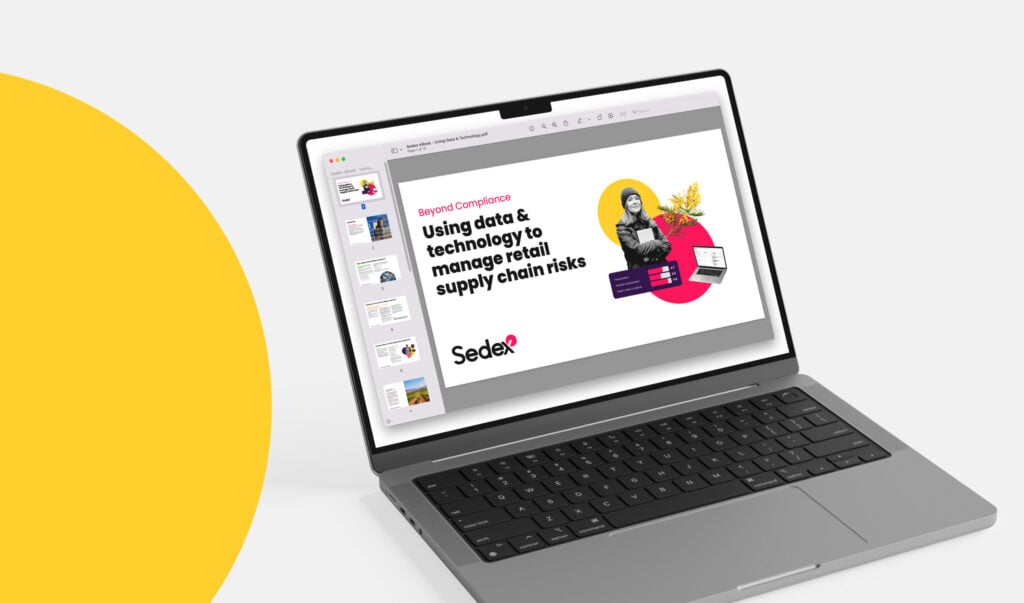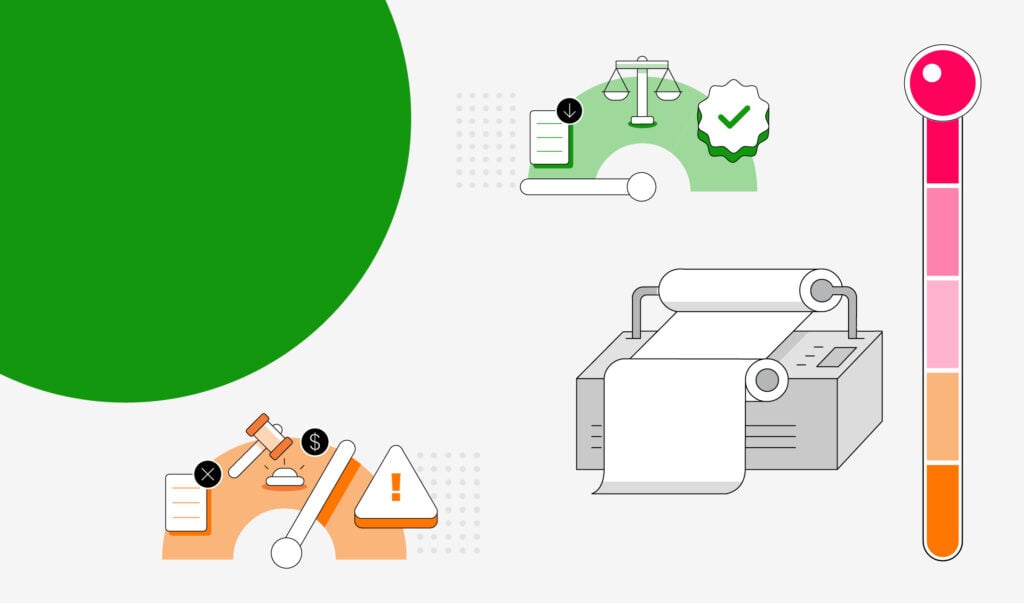Release of the New Sedex Gender Data Report
This month, Sedex releases its new Gender Data Report in Sedex Analytics, providing businesses with a dashboard to view gender data in their supply chain. This report presents key gender indicators so companies can track, measure and report on progress on gender equality in their supply chains.
190 million women work in global supply chains. Companies in sectors such as agriculture and garment manufacturing rely on a largely female workforce, with women representing on average around 70% of workers.
Improving gender equality and women’s empowerment is critical to the realisation of the Sustainable Development Goals (SDGs). Gender equality (SDG 5) is identified as having an “accelerator” effect on progress across other global goals such as poverty, health and economic growth.
Despite their important role, many women face challenges in the workplace. Discrimination in pay and work opportunities are exacerbated by perceptions and norms around “women’s roles” at work. Risk of harassment and intimidation is heightened by unequal power dynamics between male management and female workers. Also, many women are working in contexts where their rights are restricted, with women holding 75% of the legal rights of men worldwide.
The Covid-19 pandemic has further highlighted gender inequalities in employment. Women hold higher risk of losing their jobs than men and those that are in employment carry greater care responsibilities.
Many Sedex members are seeking to tackle gender inequalities in their supply chain, recognising that this is key to improving working conditions for both men and women. However, the lack of gender data limits understanding of women’s situations.
Without sex-disaggregated data it is not possible to see or measure gaps in income, professional development or progression. There is little visibility of who is being impacted by issues such as discrimination, loss of work and harassment. Better gender data is essential to produce effective strategies that address these issues.
Last year, Sedex established the Gender Working Group to strengthen the capabilities of Sedex tools to capture gender data in supply chains. The first action of the Gender Working Group was to identify metrics that Sedex should collect to bring better understanding of women workers and support gender strategies.
This was carried out using the BSR Gender Data and Impact Framework, which provides a comprehensive set of indictors that measure the outcomes of workplace practices on women. A significant step was integrating several key indicators into the Site Profile and new Sedex Self-Assessment Questionnaire (SAQ), which allows companies to collect a common set of data points across their supplier network on Sedex.
The Sedex Gender Data Report brings together gender information from the SAQ and Site Profile into one dashboard. Access to information in this report helps members to:
- Identify gaps between women and men
- Measure and track gender targets
- Report to stakeholders on gender equality progress
- See what gender information is missing and where encouragement is needed to collect the information.
Gender disaggregated data in an accessible format is fundamental to designing and delivering change that will promote women’s advancement and global equality. M&S welcomes the Gender Data Report from Sedex as a key tool in helping make the women in our global supply chain more visible.
This report aims to support companies to build a more comprehensive assessment of women’s situations in their supply chains. The diagram below gives a high-level guide to how to approach the data.
Alexia Ward is Sedex’s Head of Improvement and in-house gender expert at Sedex. Alexia says, “Work in global value chains can play an important role in empowering women, but we know very little about where women are in global supply chains, the roles they play, and the challenges they face. Understanding this is critical to bringing about positive change for women in global supply chains.
“At Sedex we have focused on improving data and transparency on women’s work by increasing access to gender-disaggregated data to help our members get a better picture of women in their supply chains. We have significantly increased the number of data points we capture on women over the past year and the report we have launched today visualises the information collected.
“We are grateful to the support of Sedex members and gender experts in the Gender Working Group in this work. We hope this report helps provide companies access to the information they need to empower women and support gender equality in their supply chains.”
The Gender Data Report is available to all Buyer and Buyer/Supplier Members. Access the report in Sedex Analytics > My Supply Chain > My Suppliers Gender Data Report.
Click here for the Gender Data Report Guidance document to help understand and navigate the report.
You can find out more information on the need for gender data here and on the impacts of COVID-19 on women workers here


